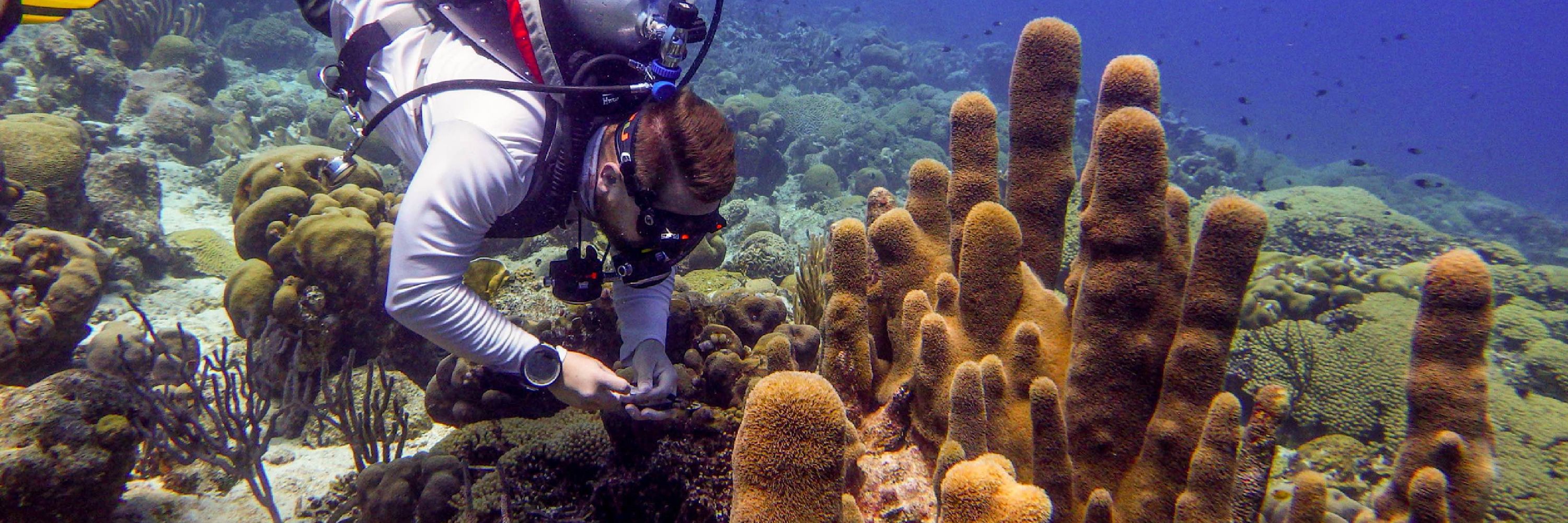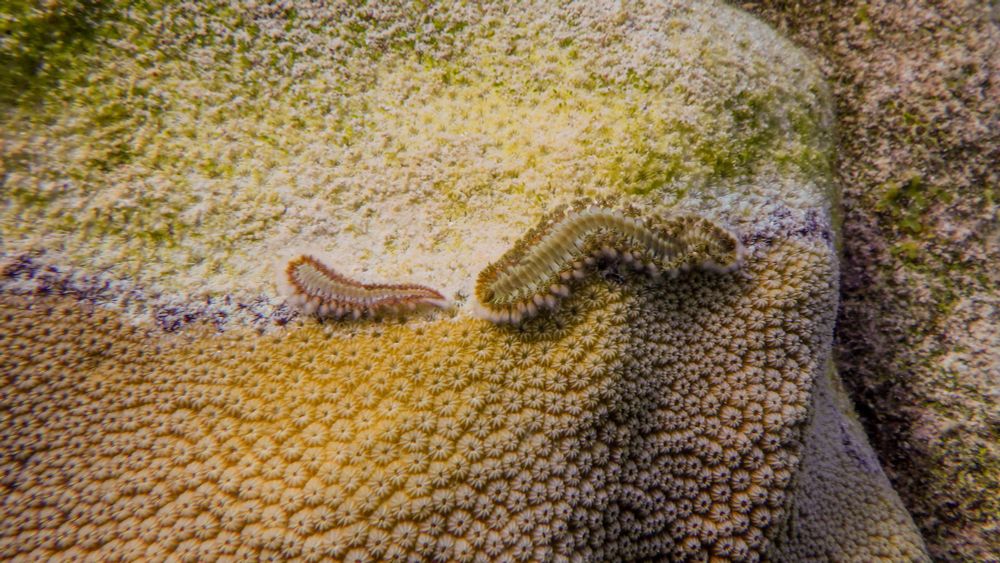






@ambonacolta.bsky.social and I give a huge shout out to our collaborator labs at CARMABI in Curaçao, @delcampolab.bsky.social, @pjkeelinglab.bsky.social, and Dr. Candace Grimes.

@ambonacolta.bsky.social and I give a huge shout out to our collaborator labs at CARMABI in Curaçao, @delcampolab.bsky.social, @pjkeelinglab.bsky.social, and Dr. Candace Grimes.


